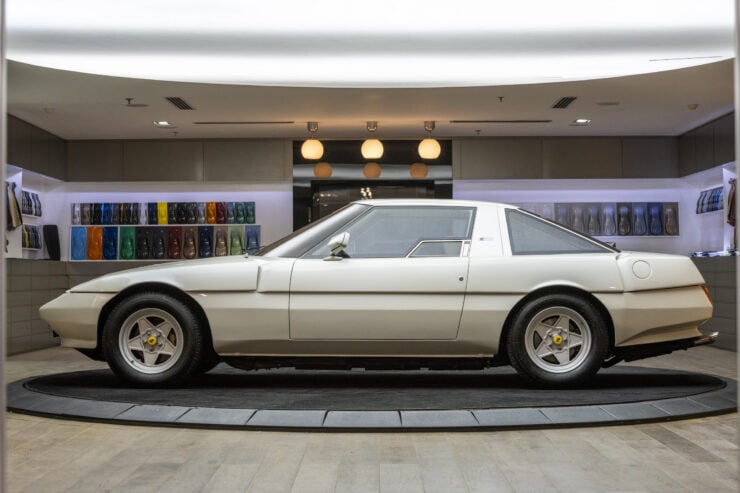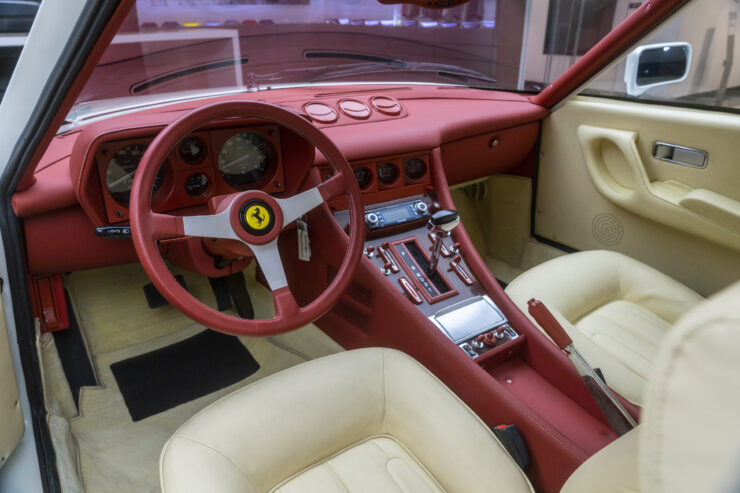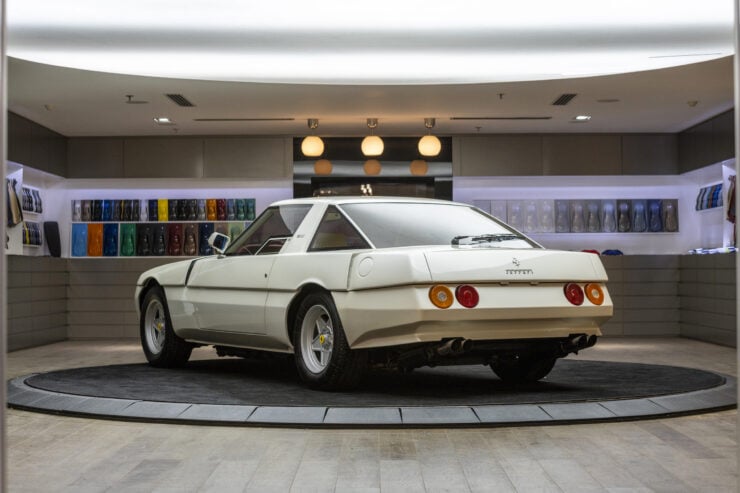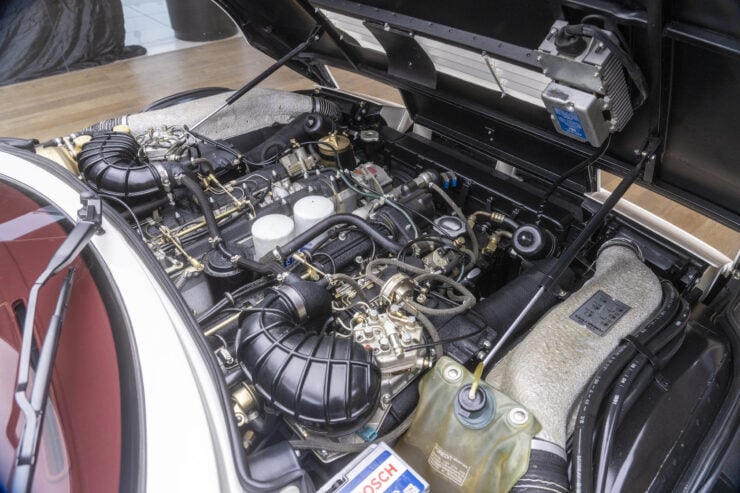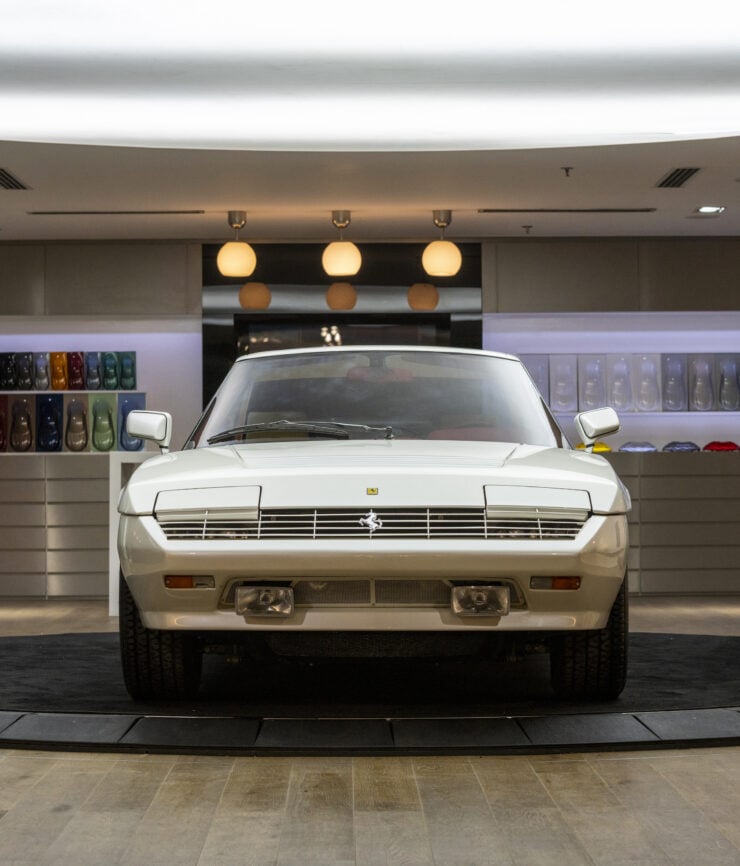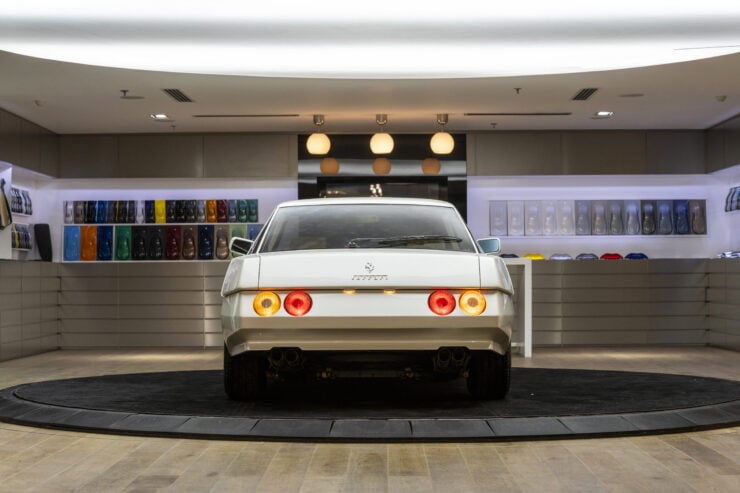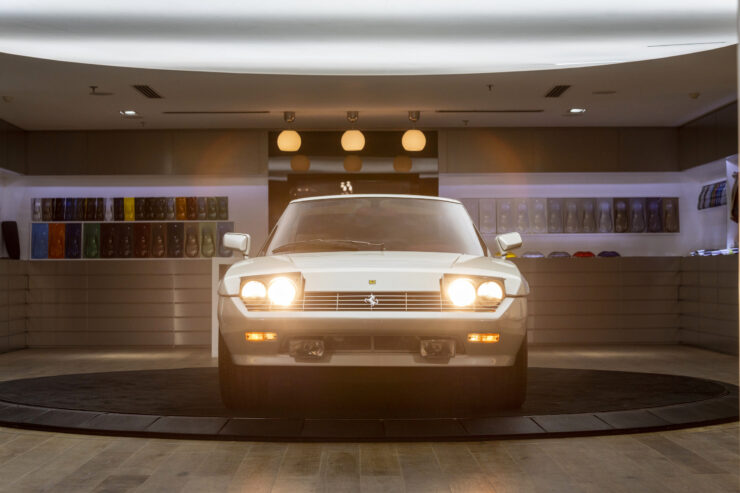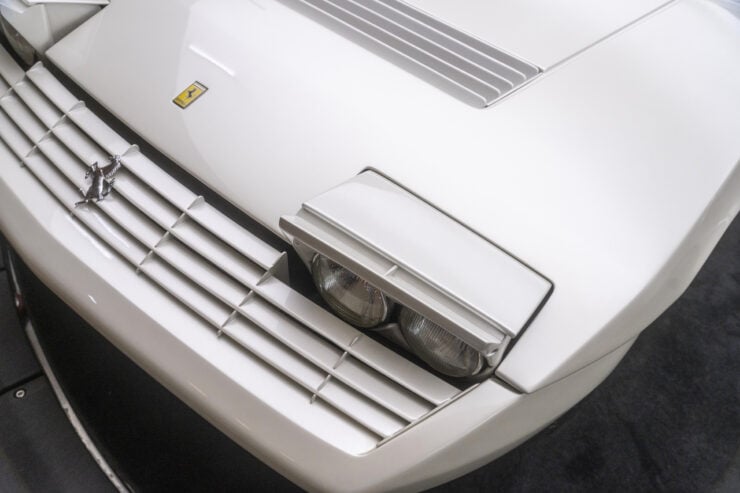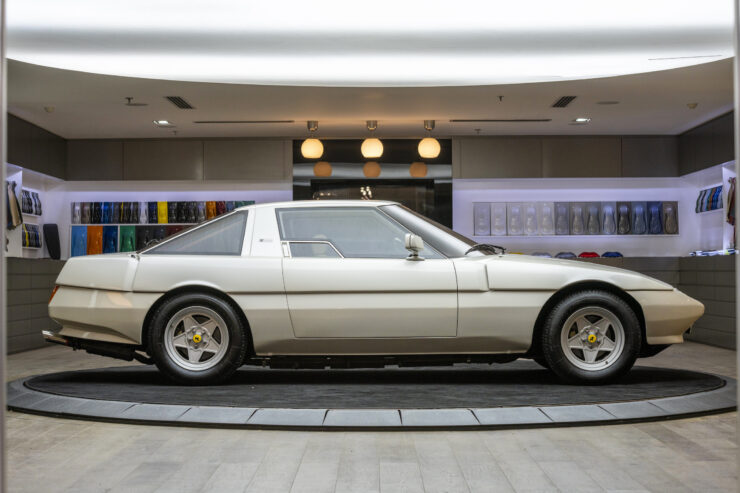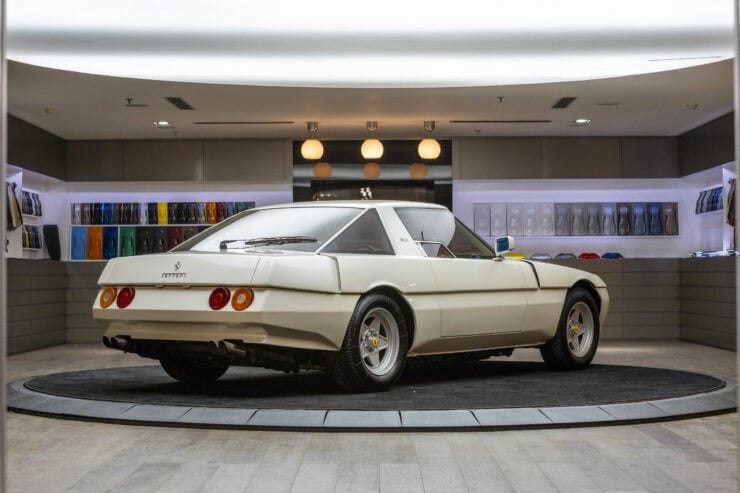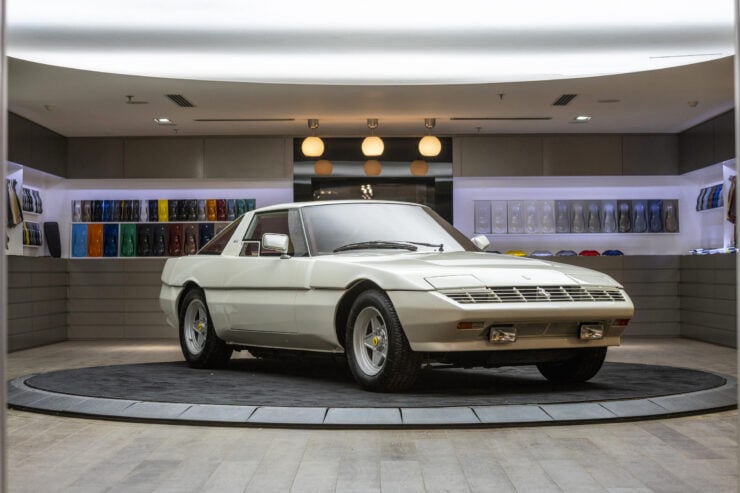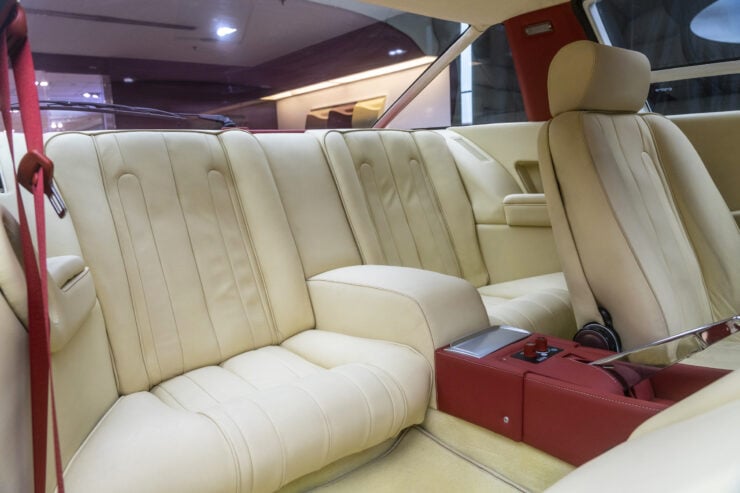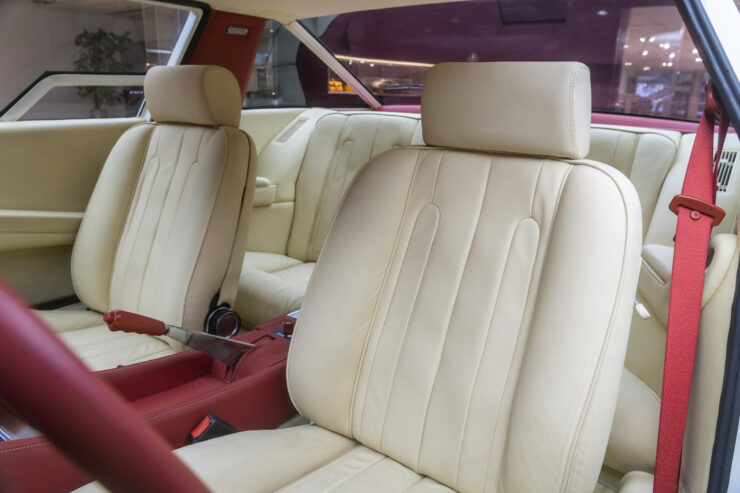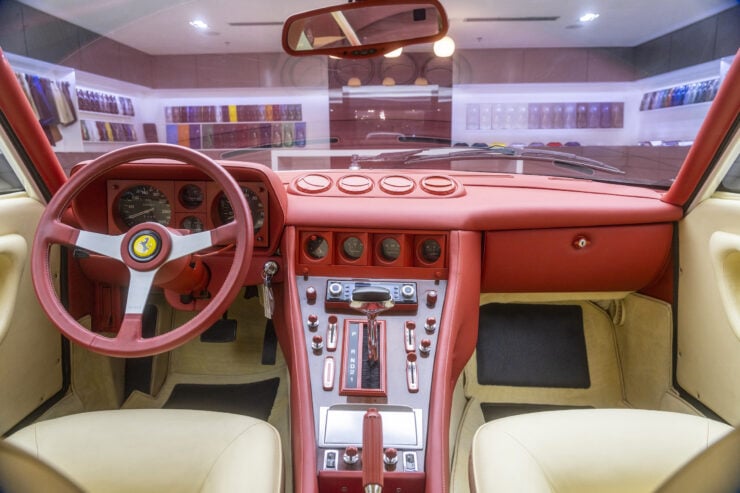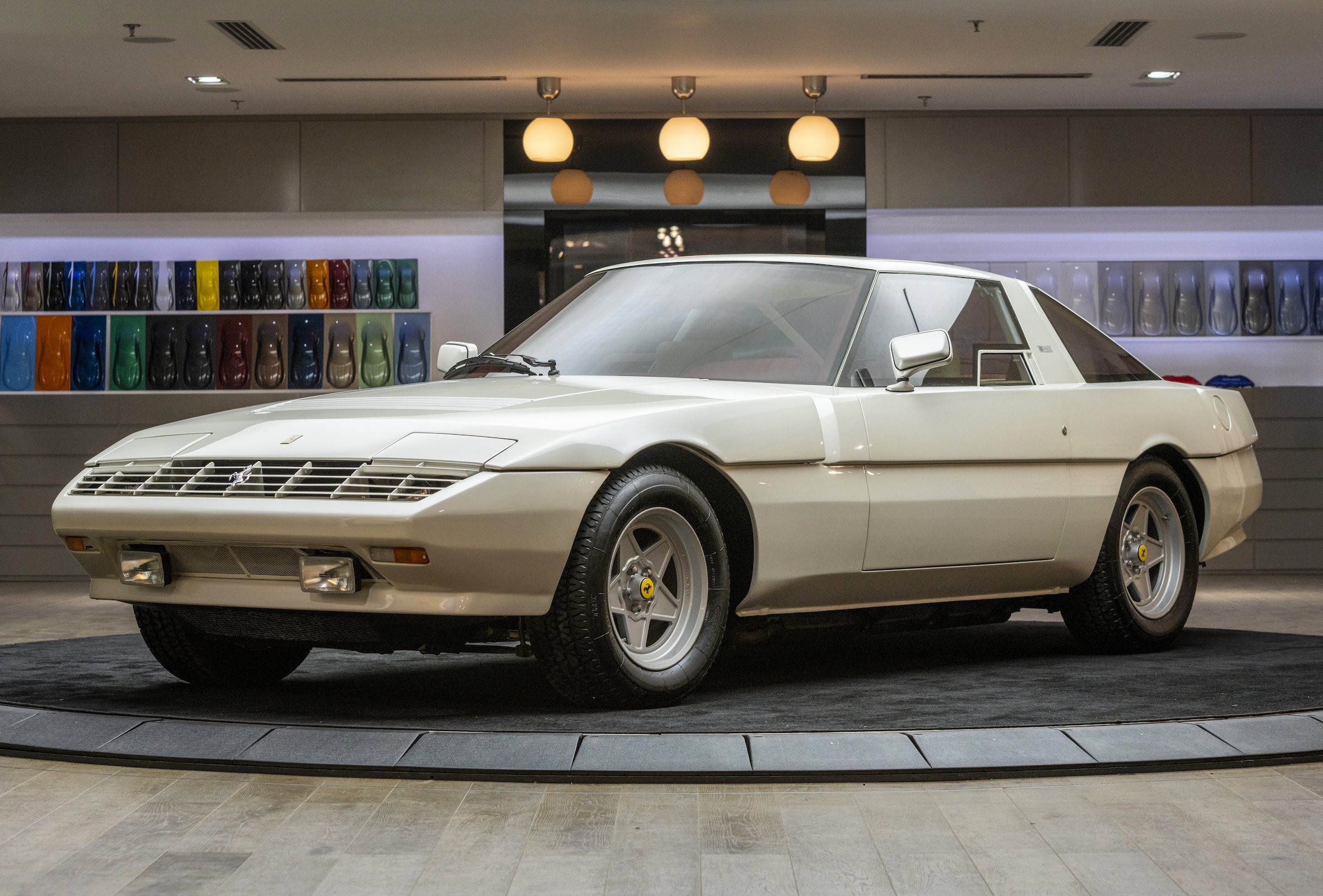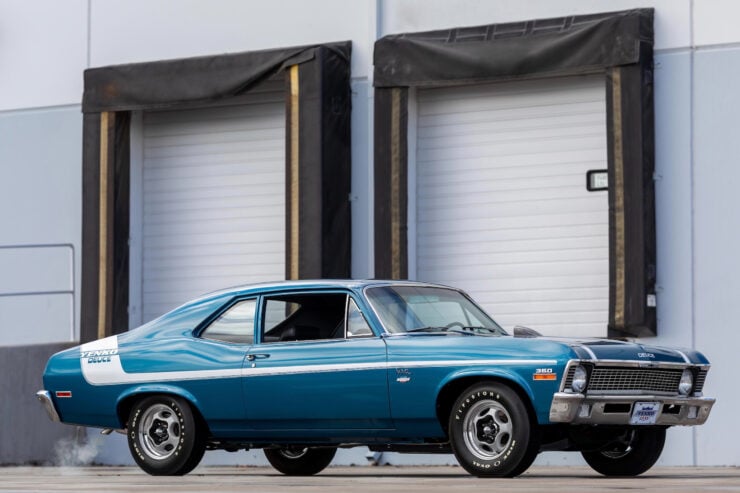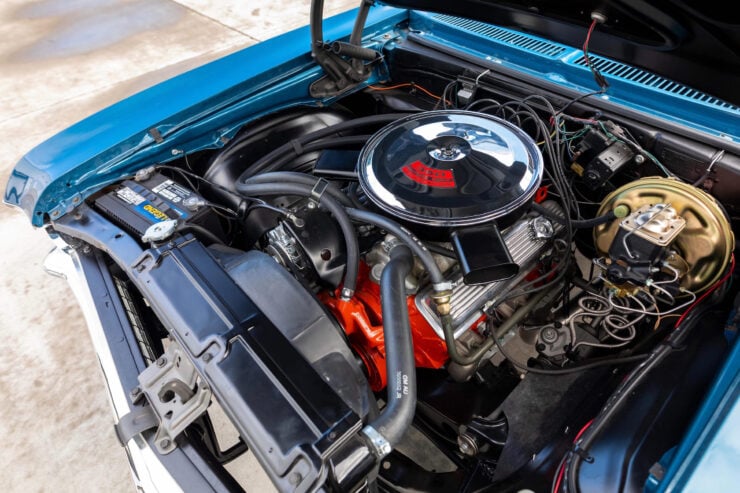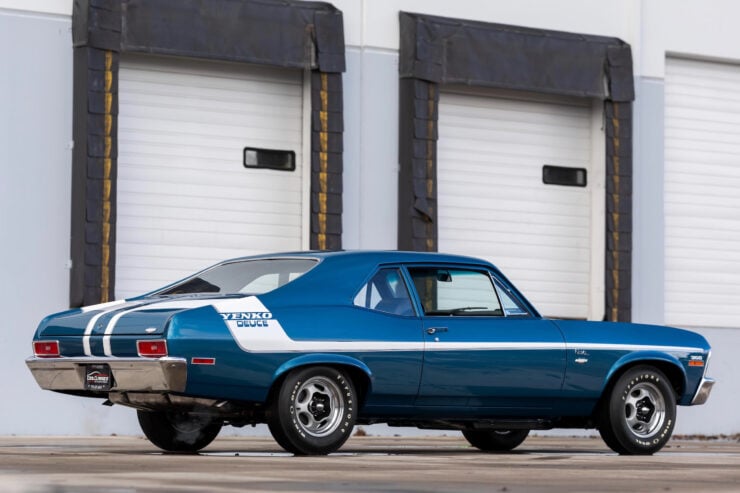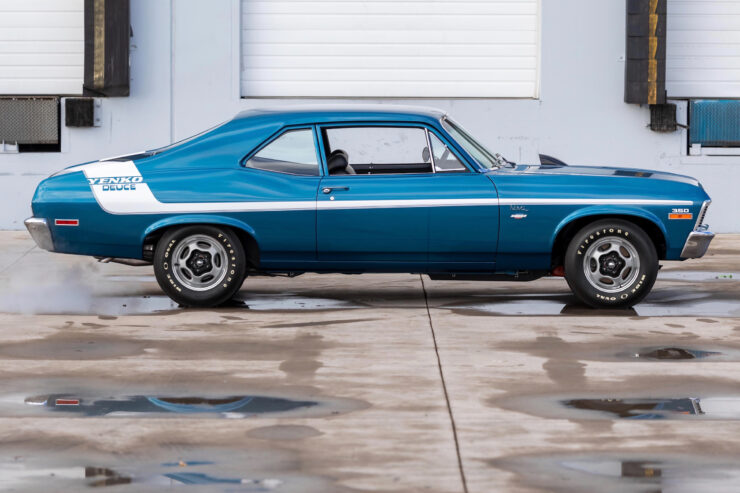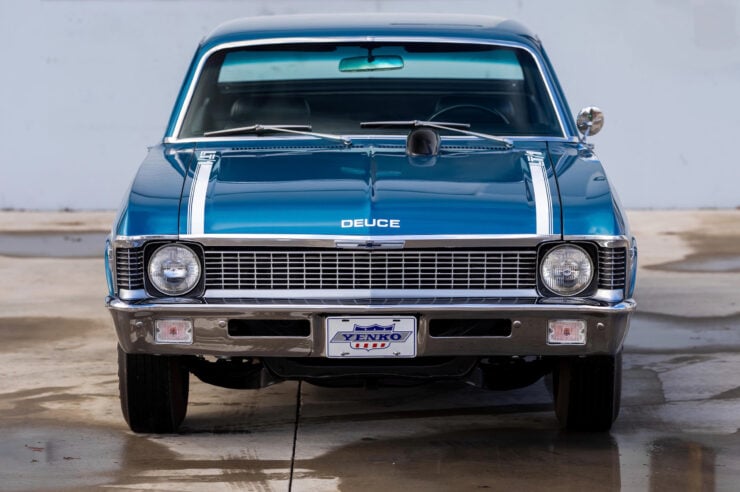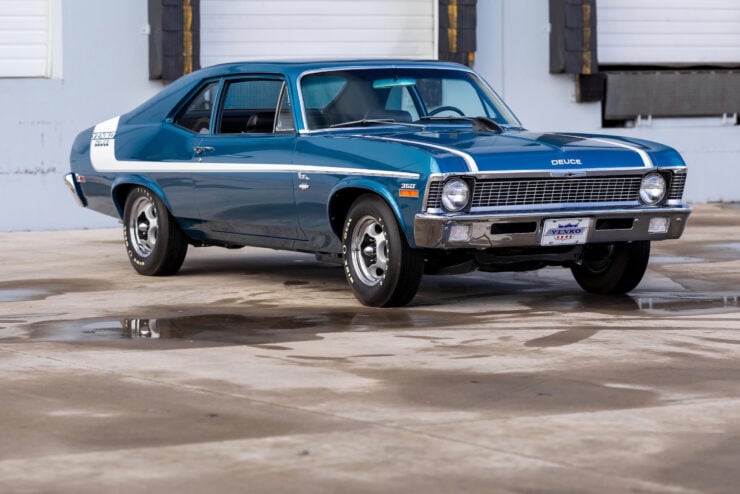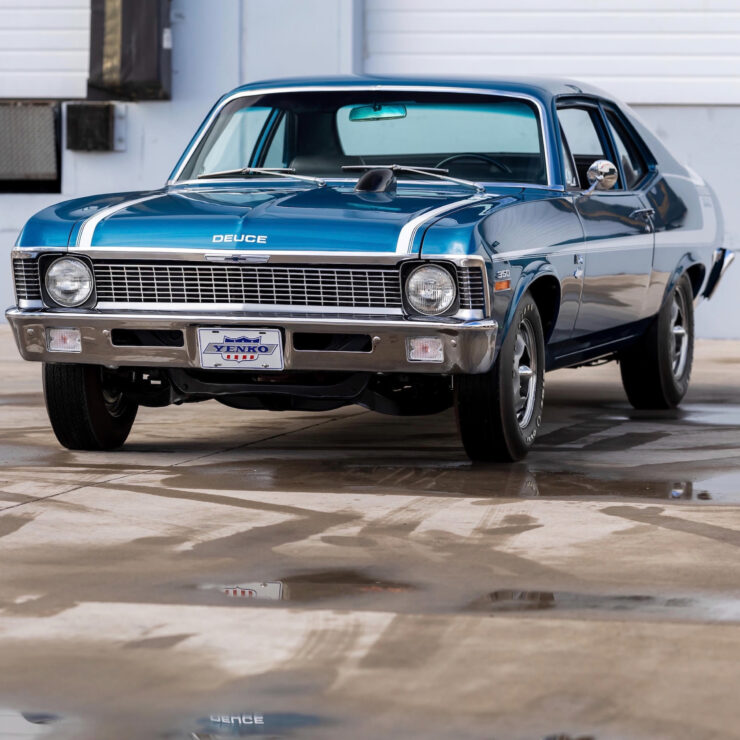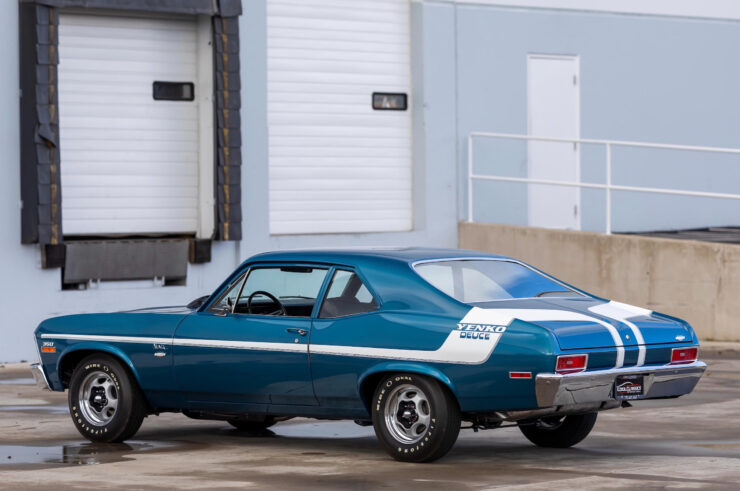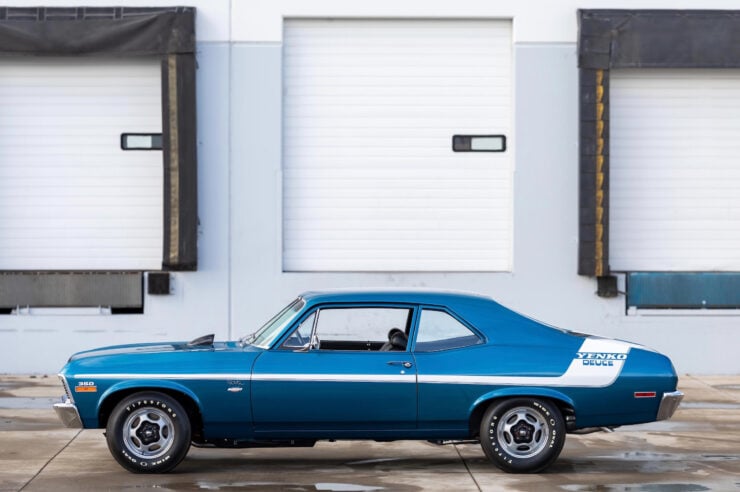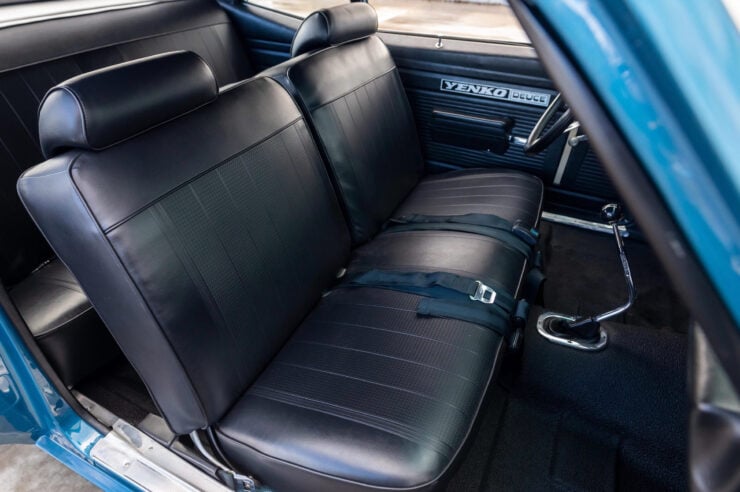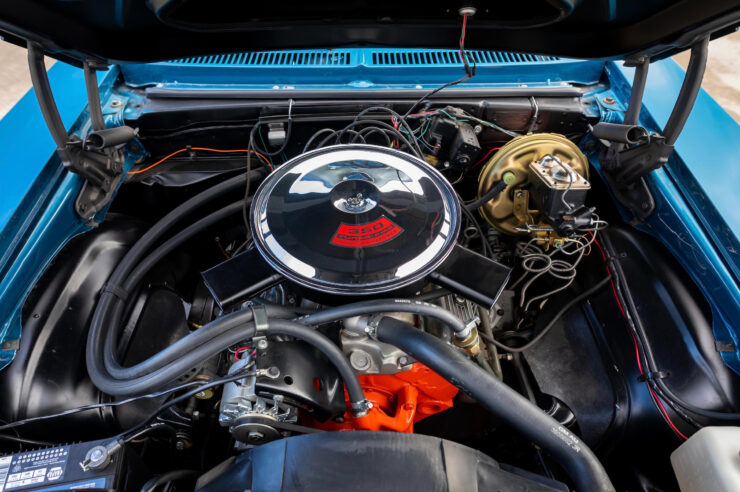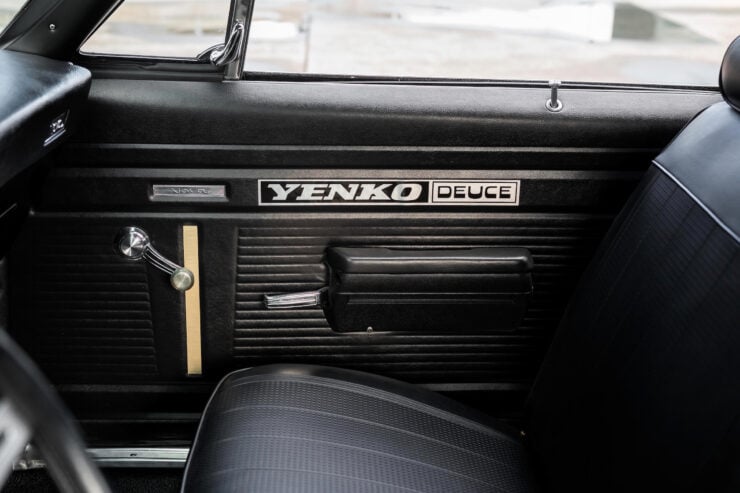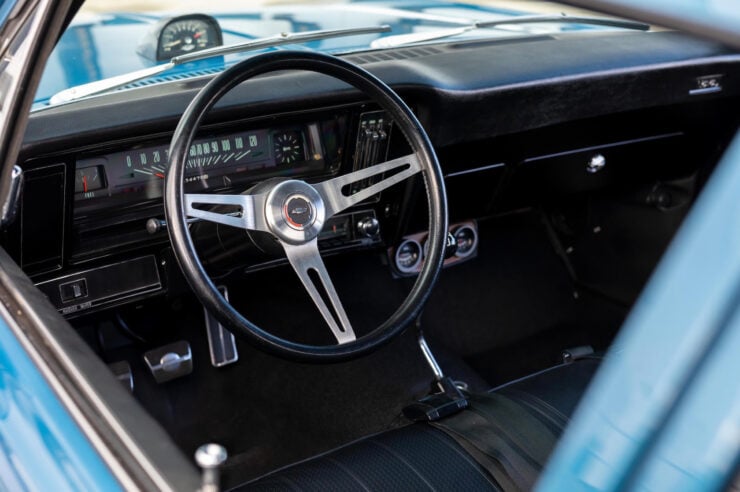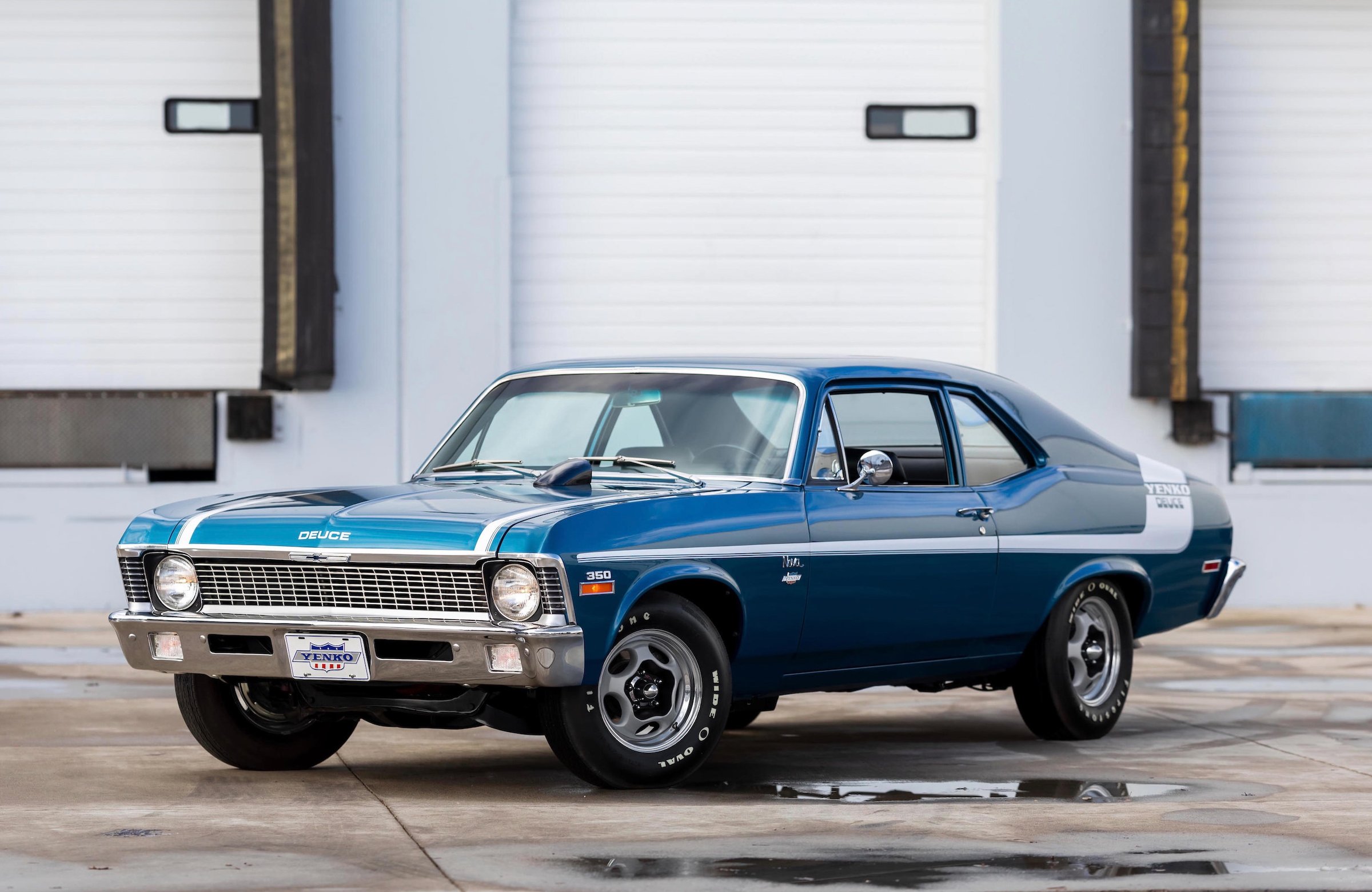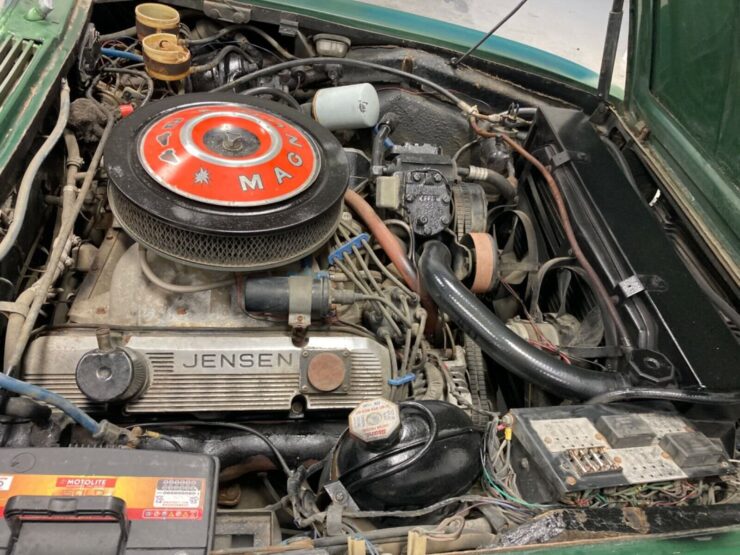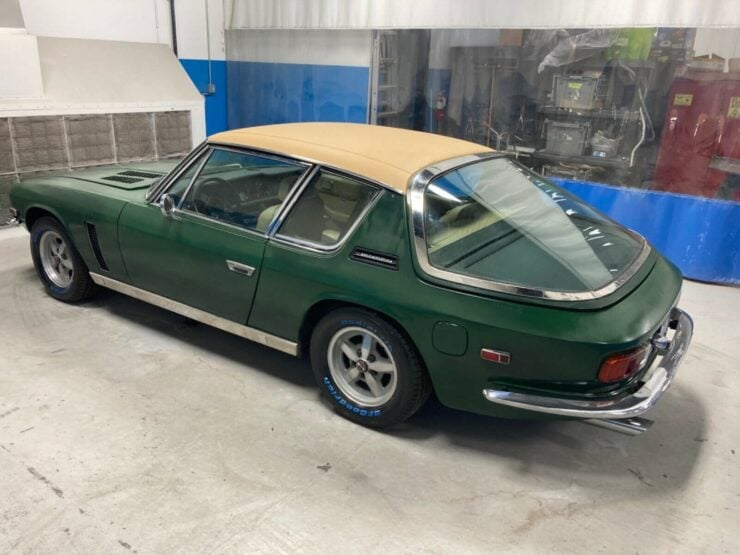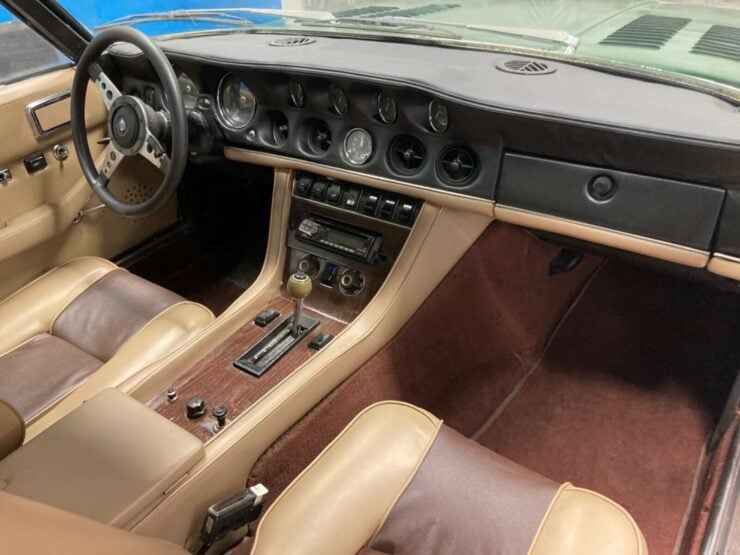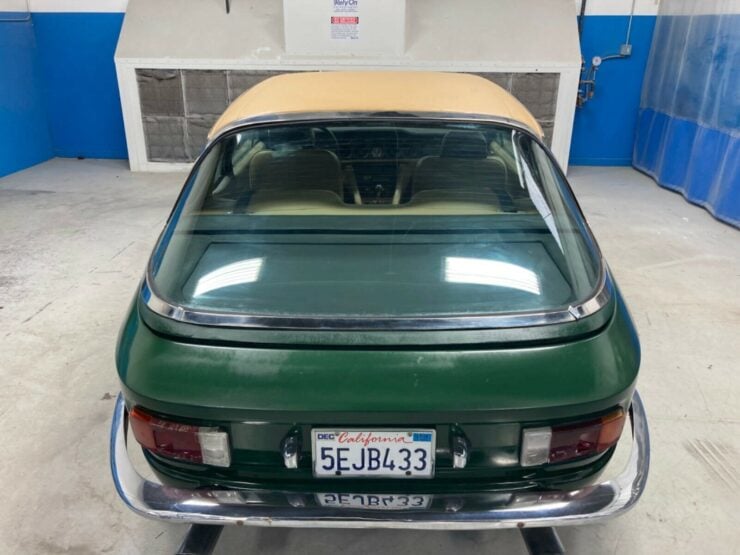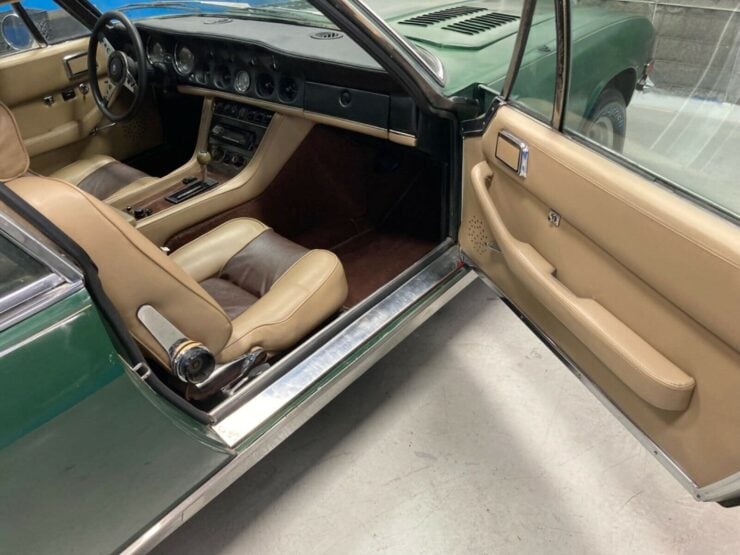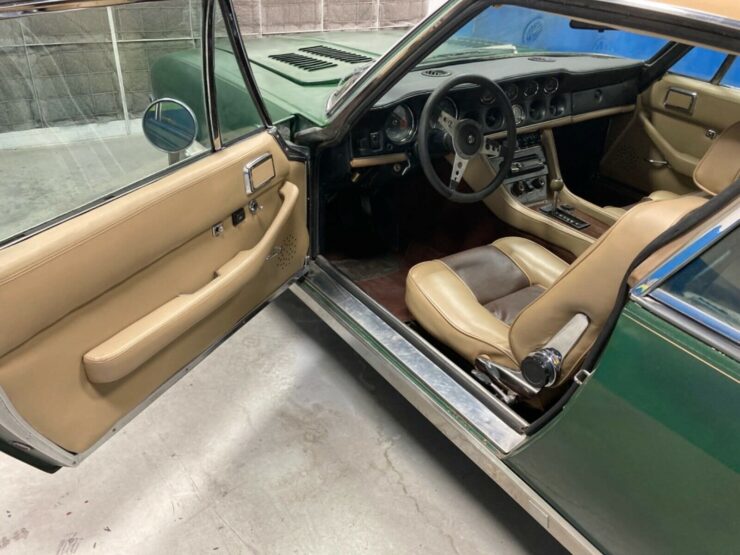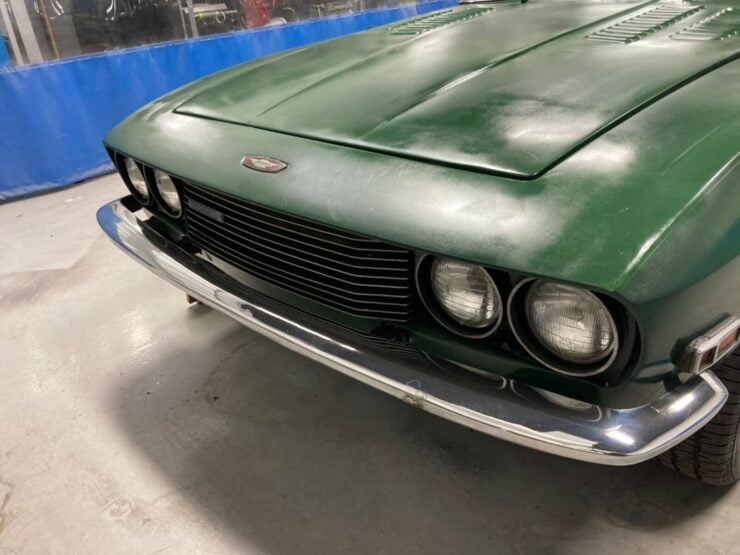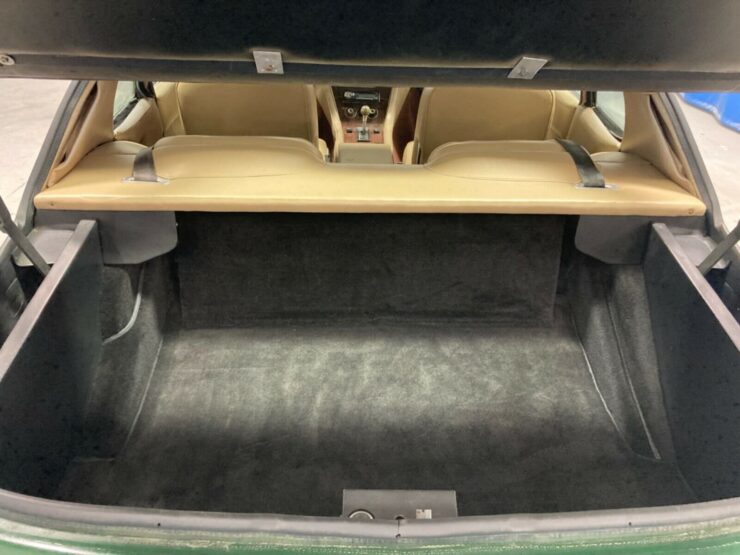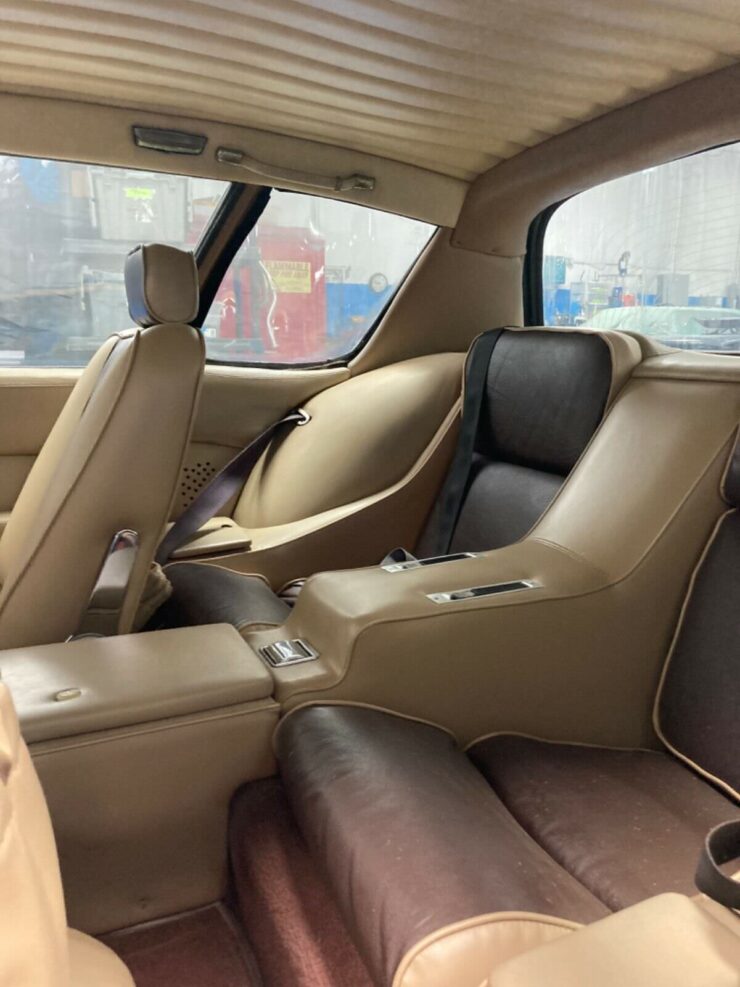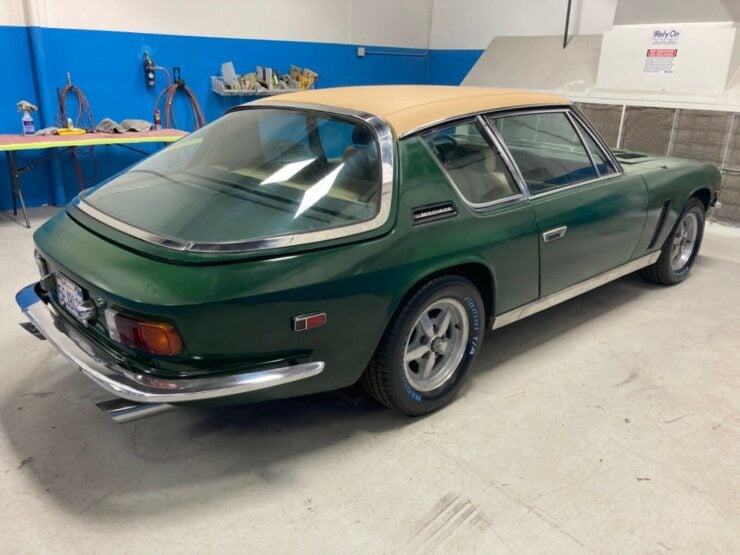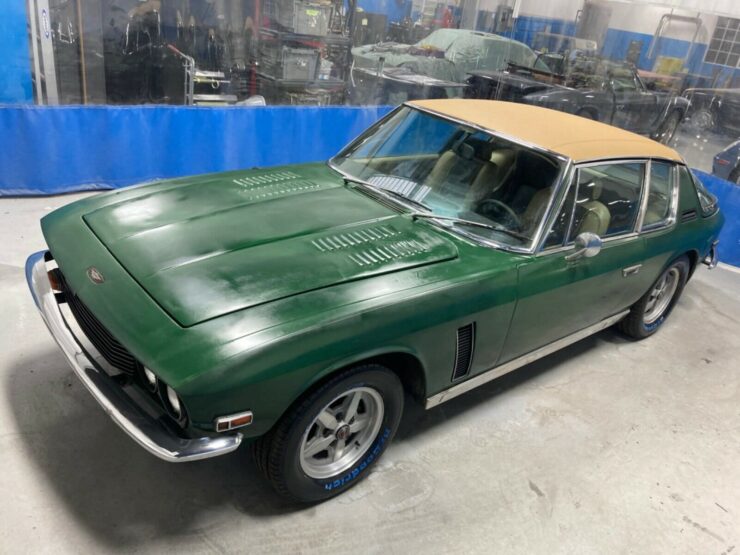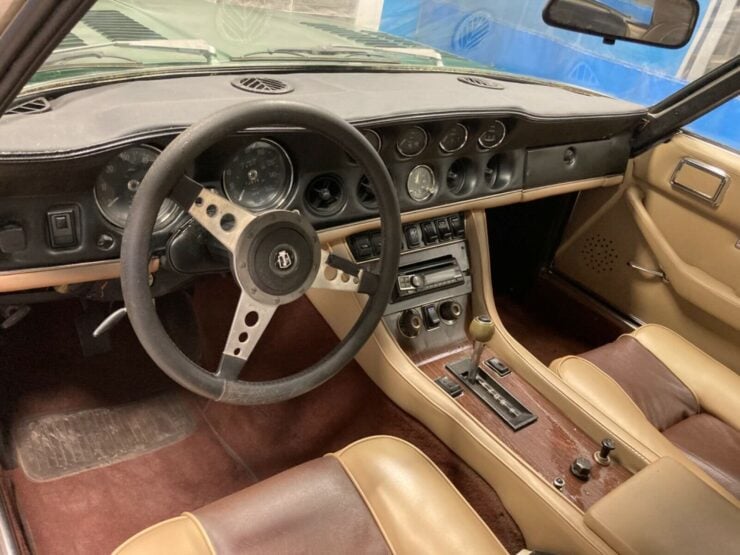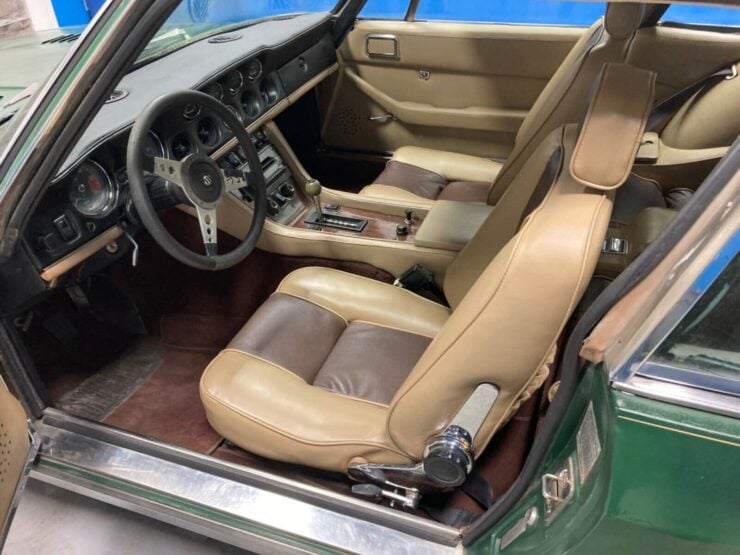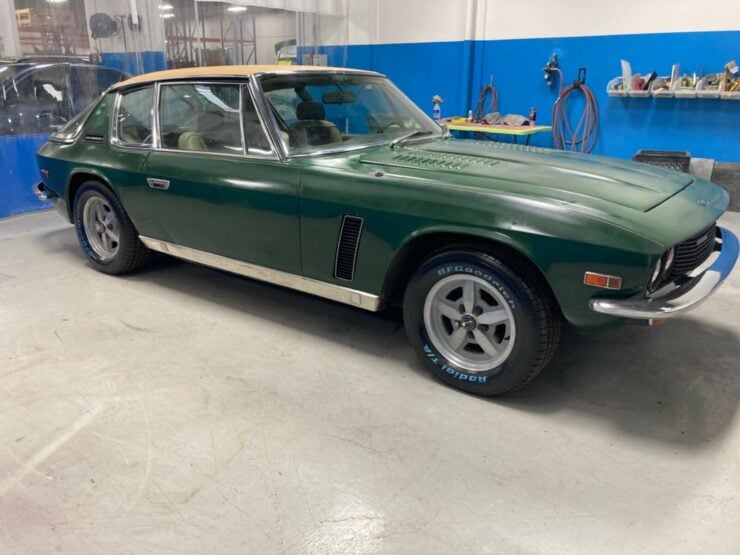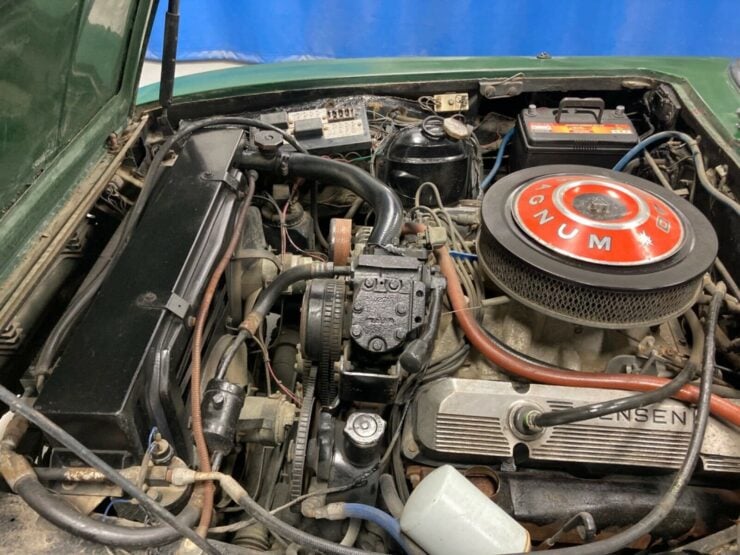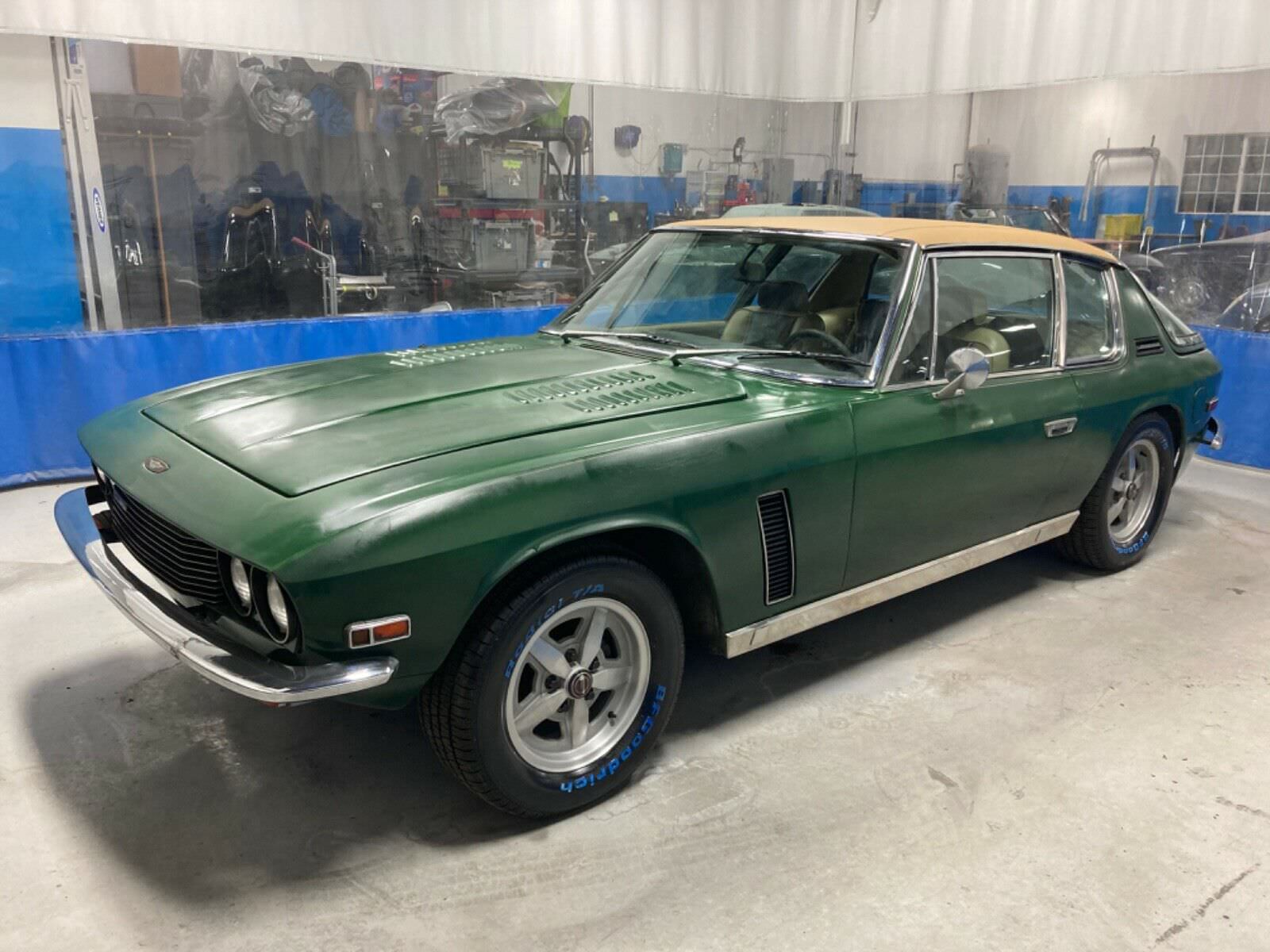This is a 1993 Chevy G30 Snowcat Snowcoach that was used to give Yellowstone National Park visitors unique wintertime tours when heavy snowfalls made the use of normal vehicles all but impossible.
Due to its use by tourists the van has been converted for wheelchair access, it can accommodate up to 11 people, it also has double-pane windows and insulation paired with a heated rear to keep people comfortable when the mercury drops.
Fast Facts – A Chevy G30 Snowcat Snowcoach
- This Chevrolet G30 van has been converted with tracks in the rear and skis up front for steering.
- It’s fitted with a 5.7 liter fuel-injected V8 which sends power to the rear axle via a column operated automatic transmission.
- Due to its use in the Yellowstone National Park it has wheelchair access, seating for 11 people, double glazed windows, and a rear heater.
- It’s currently for sale for $15,000 USD though it’s important to note that it’s not road legal, and could only be used on private property or with a special permit.
What Is A Snowcoach?
Those of you from countries with little or no snowfall may have never heard of a snowcoach before, it’s essentially just a bus with either tracks and skis or balloon tires that is capable of traversing deep snow.
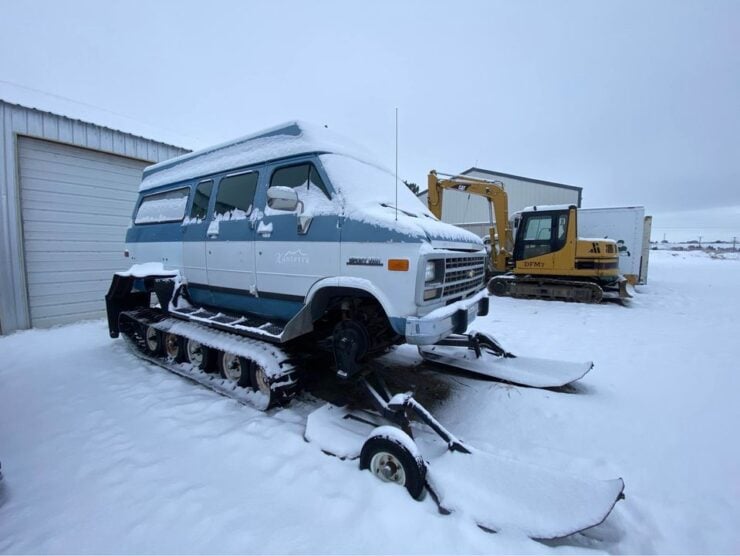
This G30 van has a fully tracked rear with rubber inserts for (low speed) road use. The steering is controlled by the large front mounted skis which also have rubber tires for use on asphalt.
One of the first production examples was the Snow Bus built by Bombardier in Canada.
In remote regions of Canada, Russia, and other countries with deep winters, snow coaches play a critical role as school busses, mail and supply delivery vehicles, tour buses, and emergency medical transportation.
The Chevy G30 Snowcat Snowcoach Shown Here
The unusual, custom-built Chevy G30 Snowcat Snowcoach you see here is currently listed for sale on Facebook Marketplace of all places, with an asking price of $15,000 USD. While it may look like the ultimate winter vanlife vehicle there is one major drawback – it’s not road legal.
The G30 was a member of the G Series of vans first introduced by Chevrolet in 1970 and sold until 1996, it became one of the longest-produced vehicle platforms designed by GM. The G Series vans use a front engined layout with a unibody design and either four wheel drive or rear wheel drive.
A vast array of engines were offered over the 25+ year production run including the smaller 4.1 liter inline six all the way up to the 6.5 liter diesel V8.
The G30 you see here has been modified significantly, the rear end has been fitted with snowtracks that feature rubber inserts for use on asphalt if required. A large set of skis are fitted up front for steering, and the van has been modified for cold weather use, with full insulation, a rear heater, and double glazed windows.
The listing explains that it’s running and operating, it comes with a spare/backup set of tracks and drive parts, and it’s being offered for sale out of central Washington state.
If you’d like to read more about it or enquire about buying it you can click here to visit the listing on Facebook Marketplace.

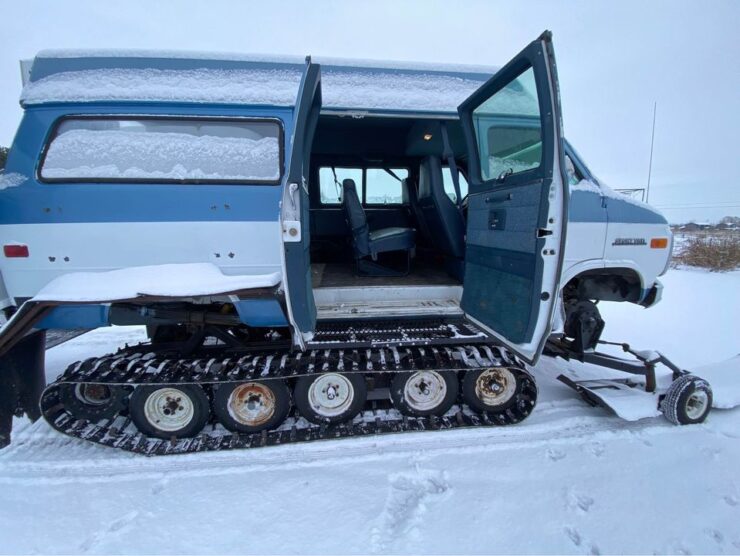
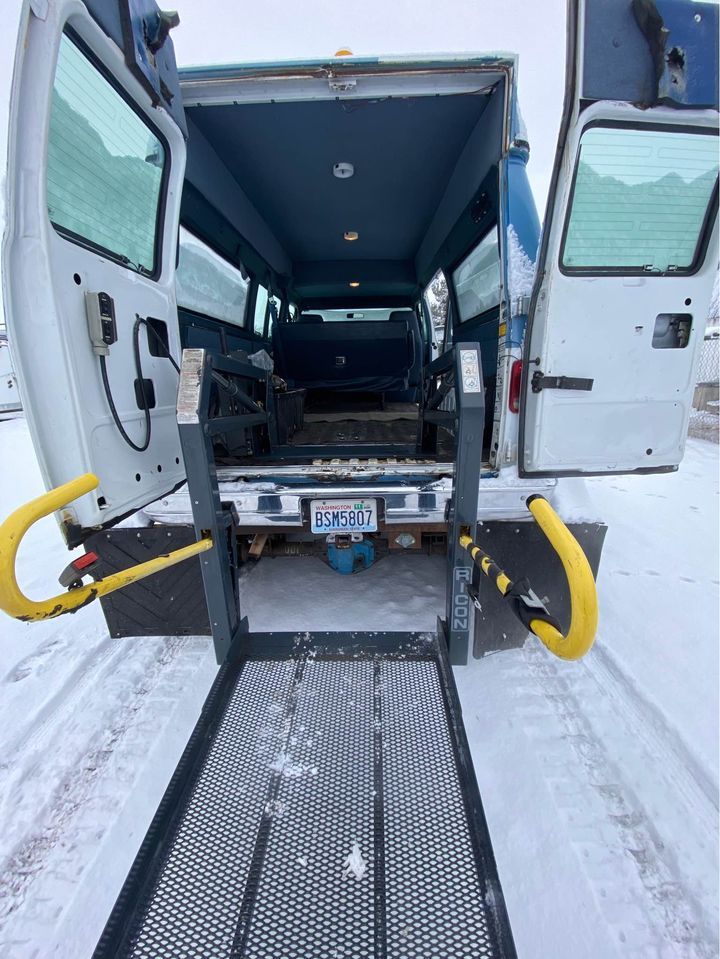
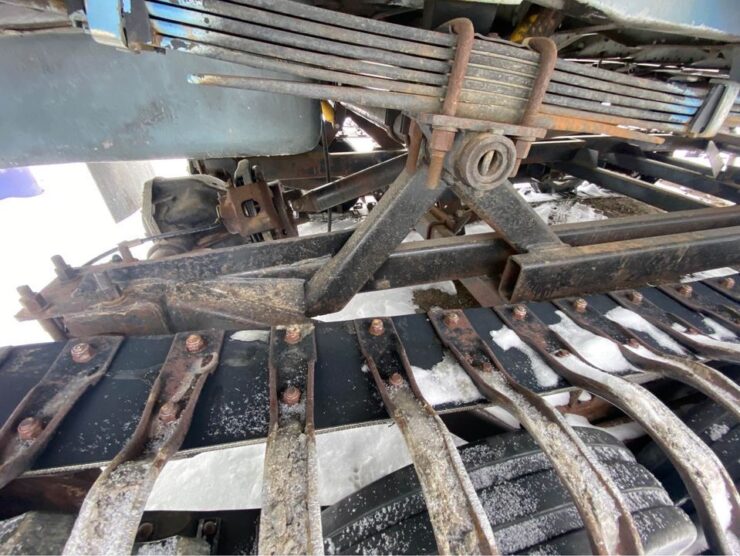

The post For Sale: A 1993 Chevy G30 Snowcat Snowcoach – $15,000 USD appeared first on Silodrome.
from Silodrome https://silodrome.com/chevy-g30-snowcat-snowcoach/
via gqrds

